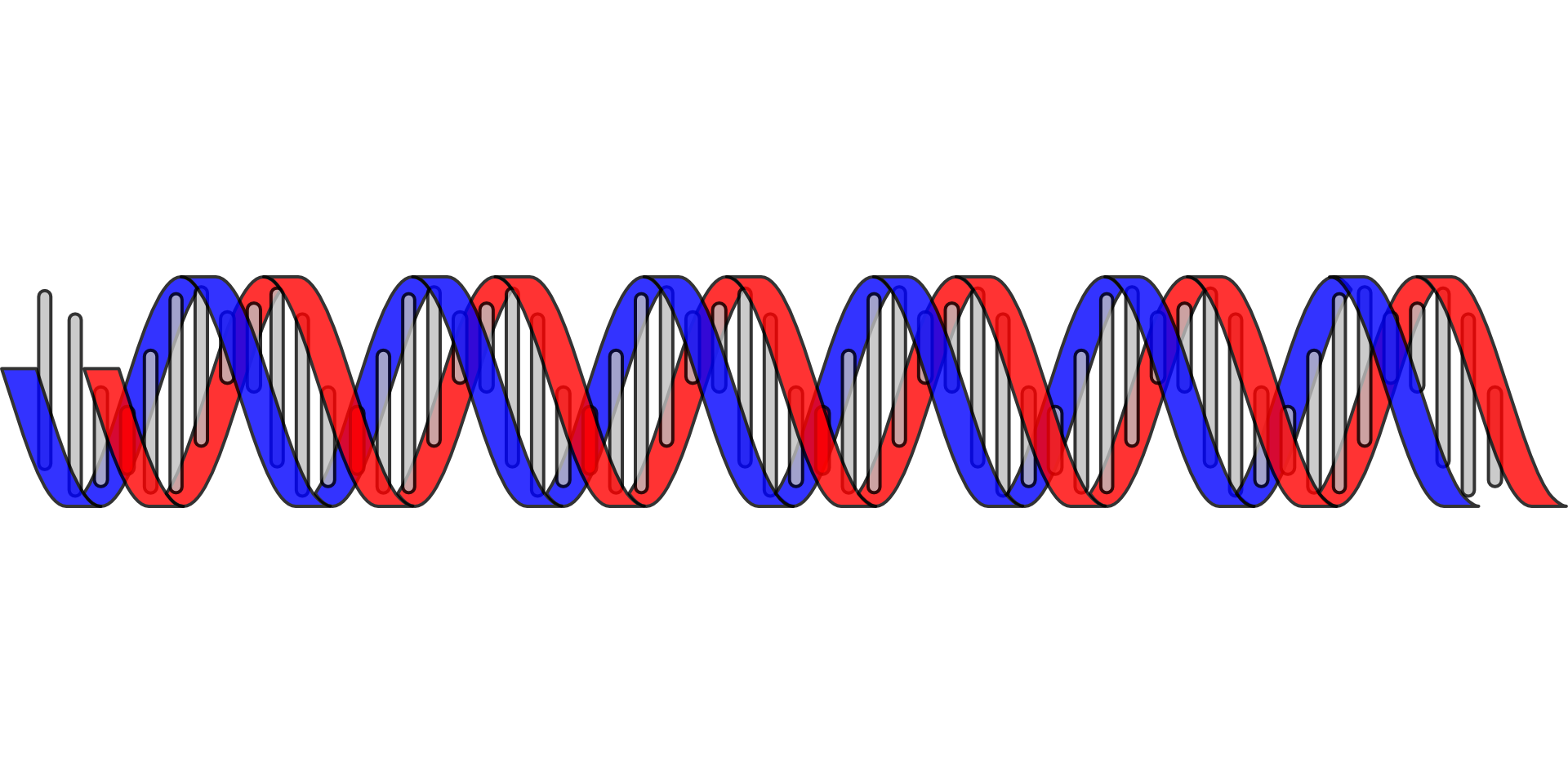Extracting DNA

Author(s): Octavian horia Minda
Summary
| Subject | Green Biotechnology |
| Topic | DNA |
| Age of students | 12-18 |
| Preparation time | 30Minutes |
| Teaching time | 2 periods 45Minutes |
| Online teaching material (links for online material) | |
| Offline teaching material | food sources:raw or dried green peas-do NOT use cooked or frozenraw onionsraw chicken or cow liver)coffee filtersstrainershell vialswooden splintstoothpicksliquid detergentmeat tenderizeralcohol100 ml beakersjuicer or blendersaltwatergoggles |
Aim of the lesson
By the end of this lesson students will:
1) learn to extract DNA from different cells and see what it looks like.
2) Students will understand that genetic information coded in DNA is passed from parents to offspring by sexual and asexual reproduction.
Activities
Describe here in detail all the activities during the lesson and the time they require. Remember, that your lesson plan needs to revolve around the topic of bioeconomy.
| Name of activity | Procedure | Time |
| Background | Students should understand polarity, macromolecule structure and function, cell organelles and enzyme function. Students will understand that genetic information coded in DNA is passed from parents to offspring by sexual and asexual reproduction. The basic structure of DNA is the same in all living things. Changes in DNA may alter genetic expression. | 5 min |
| Prediction | What will DNA look like? | |
| Experiment | Obtain supplies (all should be easily located at the local grocery store). Remember all food must be raw or dried so as to not damage the DNA.Using a juicer or blender add about 500 ml of split peas (about 2 ½ cups).Add about 2x the amount of cold water. (1000 ml)Add a ½ teaspoon of salt and blend well. You are blending to separate the pea cells from each other. The mixture should have a runny consistency but not be clear.Repeat procedure for onions and liver. You will need slightly less water for the liver.Pass out lab to students.Allow students time to read over the lab. Let them make their predictions.Let the lab groups choose which type of DNA they would like to extract. You may allow students to try more than one as time permits.It is probably best for you to try this lab beforehand so you know what you are doing and how to help the students. It also is nice to have a couple correctly extracted vials on hand for students whose lab does not work properly. The longer the mixture sits the easier the DNA will be to see.The DNA should be long and stringy and have somewhat of a gelatinous texture.If students are having trouble check the following things: Look very closely at the alcohol layer for tiny bubbles. The clumps of DNA may attach to the bubbles. If none of your students are getting DNA you may have added too much water, you might want to make another batch. Finally make sure each step is given sufficient time. | 40min |
| Analysis | 1. What does DNA look like when it is extracted? 2. Look at the DNA from other lab groups. Did DNA from the different substances look different? Why? 3. What does the detergent break down and why is that important to extracting DNA? 4. Meat tenderizer is made from enzymes. Enzymes can break down protein. Why do we put meat tenderizer on meat? 5. What does the meat tenderizer break down and why is that important to extracting DNA? 6. What parts of the cell does DNA contain the blue-print for? 7. The alcohol dissolves everything in the cell but DNA. Alcohol is nonpolar, what must DNA be? What would the proteins and lipids be? 8. IN 1991scientists discovered a man frozen in the ice. By radio-carbon dating they found him to be 5000 years old. Originally scientists thought the man died of exposure to the cold. However, recently scientists discovered 4 different spots of blood each containing different DNA sequences. This led them to believe maybe the man died in a violent battle. Do you think DNA is alive? Defend your answer. 9. What is the smallest unit that can be alive? 10. What cells is DNA in? Conclusion: Please explain 2 concepts you learned from this lab. Be thorough and use complete sentences. | 45min |
| Xmin | ||
| Xmin | ||
| Xmin |
Assessment
Explain 2 concepts you learned from this lab. Be thorough and use complete sentences.





